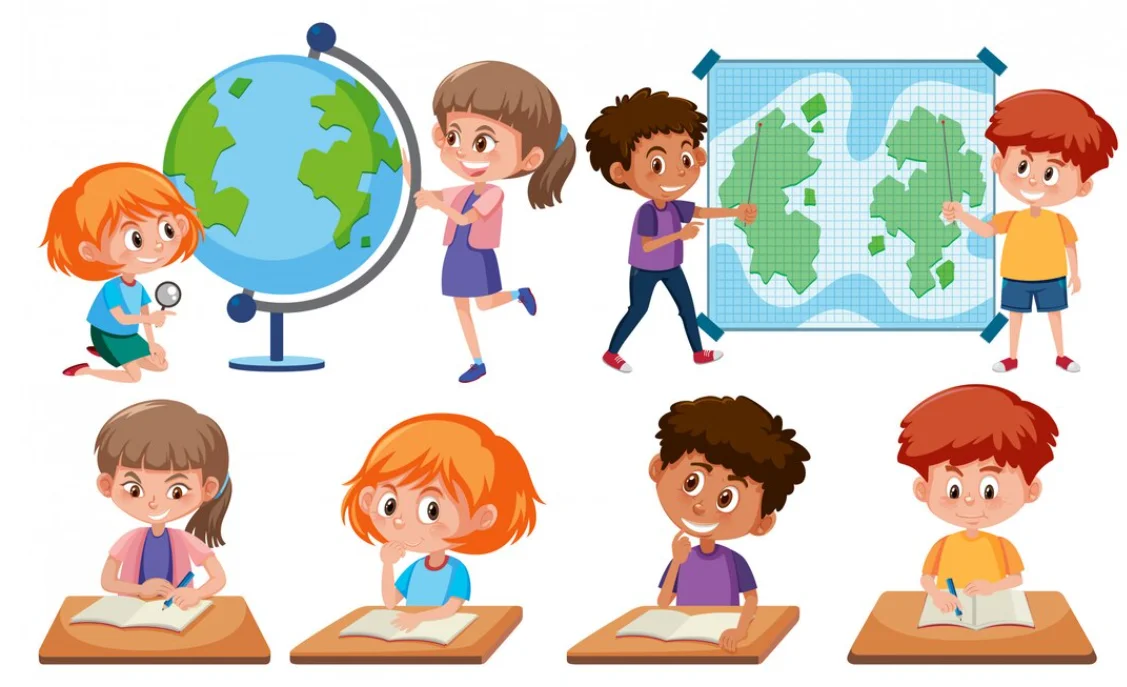
Update: This article was last updated on 9th January 2024 to reflect the accuracy and up-to-date information on the page.
It is cross-curricular when learning is not confined to separate subjects like math, science, or history but rather intertwining different areas of knowledge, creating a tapestry of interconnected learning.
Let’s understand it through an example.
You must have heard of the Great Pyramid of Giza, one of the Seven Wonders of the Ancient World. In a classroom, exploring the Great Pyramid in a cross-curricular manner could involve incorporating various subjects:

History: Students can learn about the historical context of the pyramid, such as ancient Egyptian civilization, pharaohs, and the purpose of constructing such monumental structures. They can explore the construction timeline, the social and cultural significance of pyramids, and their role in Egyptian burial practices. |
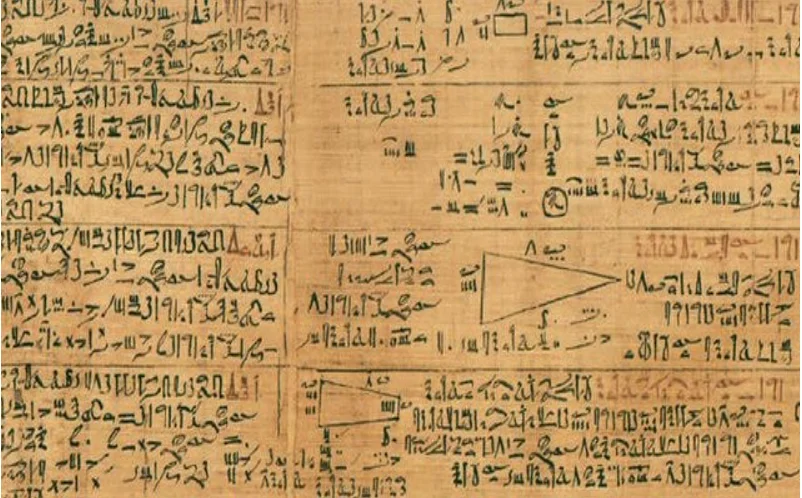
Mathematics: The Egyptians utilized the concept of similar triangles to measure distances. So, the geometry and mathematical precision involved in designing the Great Pyramid can be studied. Students can also explore the golden ratio and pyramid volume calculations by analyzing the pyramid’s dimensions, angles, and symmetry. |
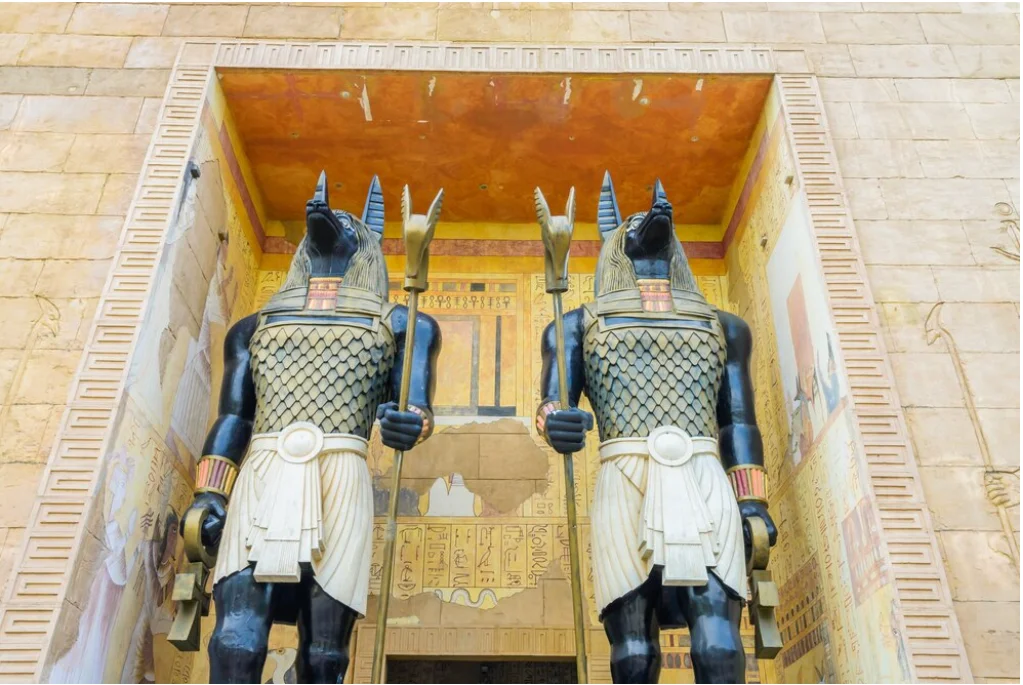
Art and Architecture: Students can learn about the techniques used in construction, the symbolism behind the pyramid’s design, and the decorative elements found within. They can also explore how the pyramid influenced subsequent architectural styles. |

Geography: Situated on a rocky plateau in northern Egypt, near Al-Jīzah (Giza), the Great Pyramid overlooks the west bank of the Nile River. Students can examine the impact of the environment on its construction, the availability of resources, and the significance of its positioning in other ancient Egyptian structures. |
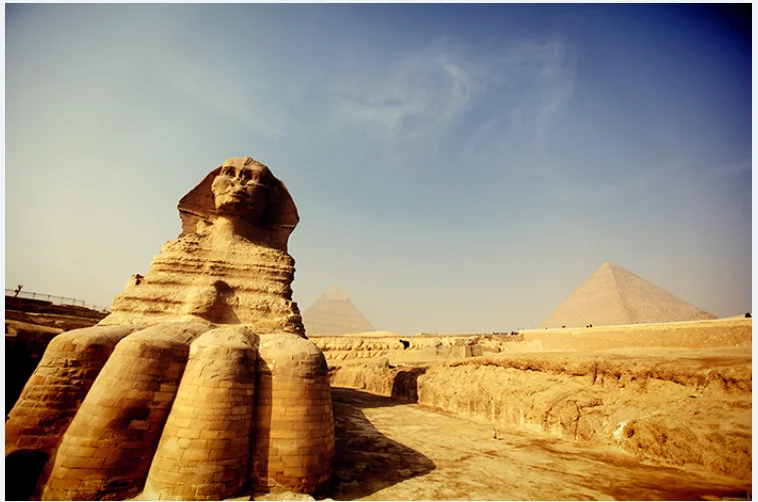
Engineering: Pyramids stand as remarkable examples of engineering excellence. Students can study the engineering principles of building the pyramid, such as ramps, lever systems, and construction techniques. By exploring the Great Pyramid of Giza from a cross-curricular perspective, students comprehensively understand its historical, mathematical, artistic, geographical, and engineering significance. This approach allows for a more interconnected and engaging learning experience, providing a broader context for their studies. |
Cross-curricular teaching
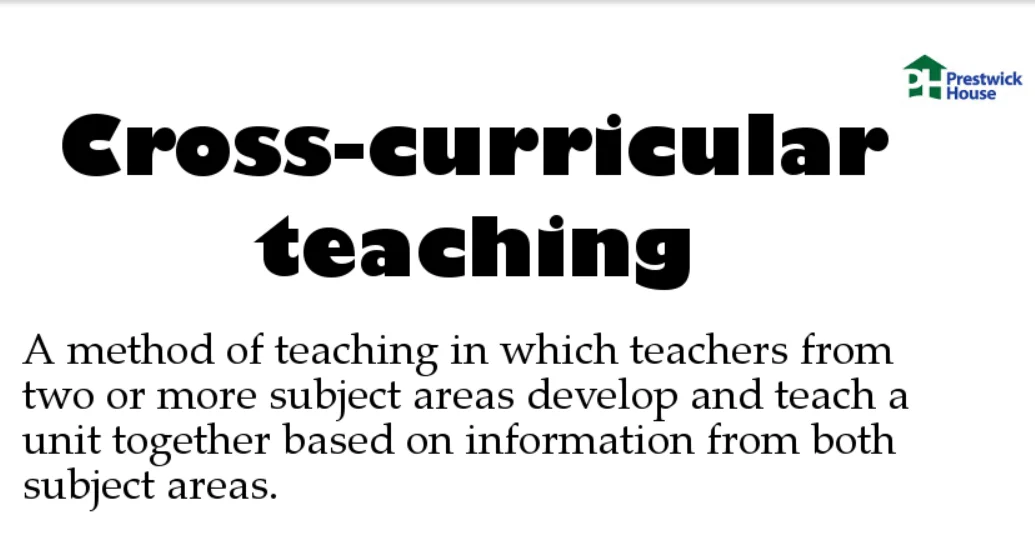
Image Source:prestwickhouse.com
Cross-curricular teaching can help teachers provide engaging and integrated learning experiences for their students. Here are some strategies they can employ:
- Identify connections: First, teachers should identify connections between different subjects overlapping concepts, themes, or skills that can be explored together.
- Collaborate with colleagues: They can collaborate with other teachers who teach different subjects to plan and implement cross-curricular activities. By sharing ideas and resources, they can create richer learning experiences for students.
- Design integrated projects: Teachers can design projects that incorporate multiple subjects. For example, a project on environmental sustainability can involve:
- Science – studying ecosystems and renewable energy
- Math – analyzing data and calculating resource usage
- Language arts – writing persuasive essays on conservation
- Social studies – exploring the cultural and historical aspects of environmental movements.
- Incorporate real-world connections: Teachers can do that by linking subjects to current events, local issues, or community experiences to make students understand the relevance and practical application of their learning.
- Cross-curricular resources and materials: Textbooks, websites, videos, and other resources often integrate multiple subjects and provide interdisciplinary perspectives.
- Provide opportunities for reflection and synthesis: Teachers can facilitate discussions, reflections, and synthesis activities where students can make connections between different subjects. This helps students develop a holistic understanding of the interconnectedness of knowledge.
Benefits of Cross-Curricular Education

Image Source: planbee.com
There are many benefits to cross-curricular education, including,
- Fosters Critical Thinking Skills: It inspires students to reflect carefully on many subjects and draw connections between them, analyzing and synthesizing material from many viewpoints. That might help them develop strong analytical skills and improve their problem-solving abilities. They are encouraged to think creatively and it fosters their ingenuity and creativity.
- Can be Applied in Real-Life Situations: Another benefit is that it makes students see how different concepts and ideas relate to real-life situations. It enables them to make connections between various academic subjects and solve problems in the real world.
- Helps students become more engaged: Cross-curricular instruction engages students by connecting concepts and making learning relevant. It integrates knowledge and skills from different subjects, helping students understand how ideas are interconnected. It promotes real-world application and exposes students to diverse problem-solving techniques.
- Provides a more well-rounded education: Cross-curricular education gives learners a more well-rounded education by combining knowledge and abilities from several topic areas. Students can form a better, more encompassing picture of the world by learning about several topic areas and drawing links between them.
How can parents support Cross-Curricular Education?
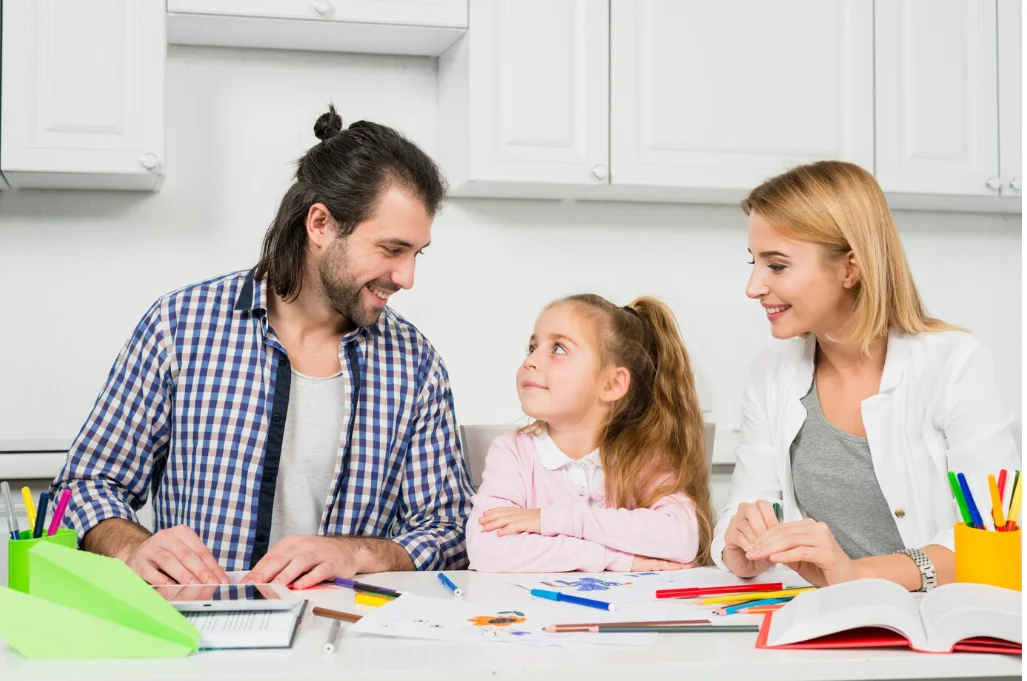
Parents play a crucial role in supporting and reinforcing cross-curricular education. Here are some ways parents can actively support and encourage this educational approach:
1. Foster a Positive Attitude
Demonstrate interest and excitement for your child’s study in all topics. Stress the importance of forming linkages between various fields of knowledge and the practical application of interdisciplinary learning.
2. Encourage Curiosity
Encourage the child’s curiosity and passion for learning. Boost them to explore new ideas, pose questions, and draw connections between learning across disciplines.
3. Collaborate with Teachers
Keep the lines of communication open with the child’s instructors by discussing how to encourage cross-curricular learning. Understand the curriculum and learning objectives of each subject and find ways to reinforce connections between topics at home.
4. Explore Enrichment Opportunities
Look for community programs, workshops, and extracurricular activities that support interdisciplinary learning. Encourage children to participate in extracurricular activities that connect many topic areas, such as science fairs, art contests, or volunteer work.
Final Note
Overall, cross-curricular education can be a beneficial teaching method as it encourages linkages across subjects, fosters critical thinking, allows students to apply what they have learned to real-world situations, increases engagement, and helps students for the future.
Moonpreneur is on a mission to educate and ignite the flames of entrepreneurship through our holistically created online STEM programs, which will help kids master the futuristic sciences such as Robotics, Game Development, App Development, Advanced Math, Math-Quiz to test your kids knowledge and much more!!
Register for a free 60-minute robotics workshop today!











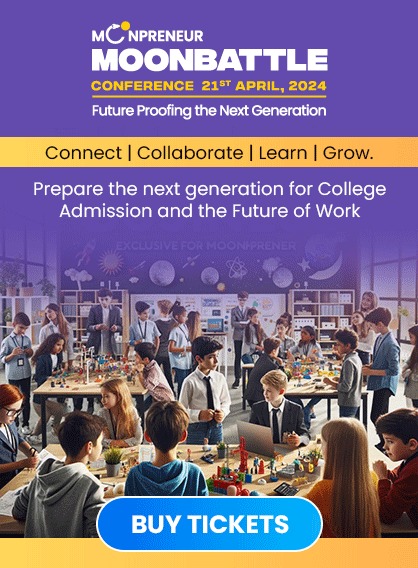




How should I develop cross-curricular skills?
If you want to develop cross-curricular among your grown up kids you must focus on these points.